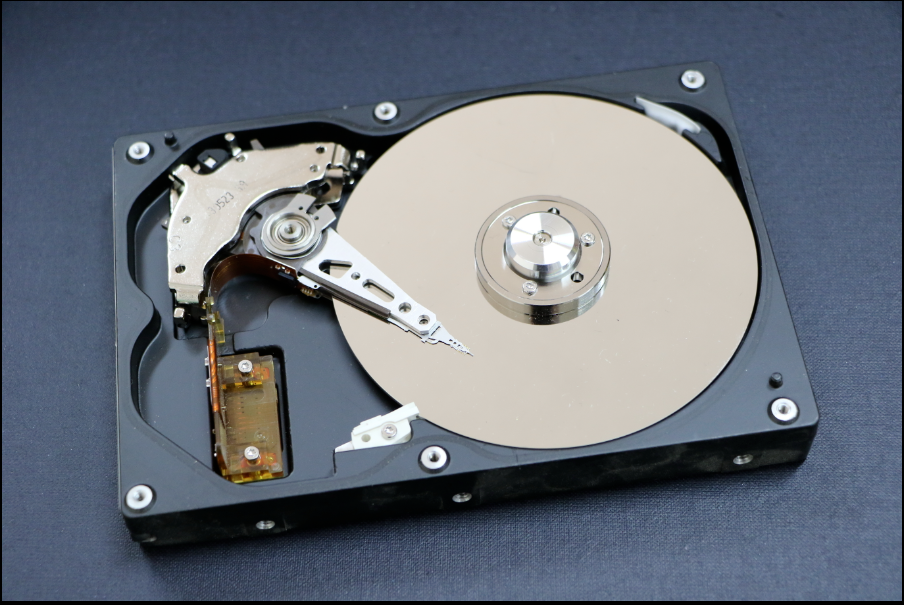Linux IO scheduler: principles, characteristics and optimization methods
In Linux systems, the IO scheduler is a mechanism used to manage disk requests, which can improve disk performance and efficiency. Different IO schedulers have different characteristics and applicable scenarios, so choosing an appropriate IO scheduler is very important to optimize the operation of the Linux system.

Currently there are the following I/O scheduling algorithms on Linux:
noop - 通常用于内存存储的设备。 cfq - 完全公平调度器。进程平均使用IO带宽。 Deadline - 针对延迟的调度器,每一个 I/O,都有一个最晚执行时间。 Anticipatory - 启发式调度,类似 Deadline 算法,但是引入预测机制提高性能。
How to operate the i/o scheduler
View the current I/O scheduler of the device:
# cat /sys/block//queue/scheduler
Assume the disk name is /dev/sdc:
# cat /sys/block/sdc/queue/scheduler noop anticipatory deadline [cfq]
How to change the hard disk device I/O scheduler
Use the following commands:
# echo {SCHEDULER-NAME} > /sys/block//queue/scheduler
For example, setting the noop scheduler:
# echo noop > /sys/block/sdc/queue/scheduler
Permanent change of i/o scheduler
The above settings will become invalid after restarting. If you want the configuration to still take effect after restarting, you need to write elevator=noop in the kernel startup parameters to /boot/grub/menu.lst:
1. Back up the menu.lst file
cp -p /boot/grub/menu.lst /boot/grub/menu.lst-backup
2. Update /boot/grub/menu.lst
Add elevator=noop to the end of the file, for example:
kernel /vmlinuz-2.6.16.60-0.91.1-smp root=/dev/sysvg/root splash=silent splash=off showopts elevator=noop>
The above is the detailed content of Linux IO scheduler: principles, characteristics and optimization methods. For more information, please follow other related articles on the PHP Chinese website!

Hot AI Tools

Undresser.AI Undress
AI-powered app for creating realistic nude photos

AI Clothes Remover
Online AI tool for removing clothes from photos.

Undress AI Tool
Undress images for free

Clothoff.io
AI clothes remover

Video Face Swap
Swap faces in any video effortlessly with our completely free AI face swap tool!

Hot Article

Hot Tools

Notepad++7.3.1
Easy-to-use and free code editor

SublimeText3 Chinese version
Chinese version, very easy to use

Zend Studio 13.0.1
Powerful PHP integrated development environment

Dreamweaver CS6
Visual web development tools

SublimeText3 Mac version
God-level code editing software (SublimeText3)

Hot Topics
 1664
1664
 14
14
 1423
1423
 52
52
 1321
1321
 25
25
 1269
1269
 29
29
 1249
1249
 24
24
 Linux Architecture: Unveiling the 5 Basic Components
Apr 20, 2025 am 12:04 AM
Linux Architecture: Unveiling the 5 Basic Components
Apr 20, 2025 am 12:04 AM
The five basic components of the Linux system are: 1. Kernel, 2. System library, 3. System utilities, 4. Graphical user interface, 5. Applications. The kernel manages hardware resources, the system library provides precompiled functions, system utilities are used for system management, the GUI provides visual interaction, and applications use these components to implement functions.
 How to check the warehouse address of git
Apr 17, 2025 pm 01:54 PM
How to check the warehouse address of git
Apr 17, 2025 pm 01:54 PM
To view the Git repository address, perform the following steps: 1. Open the command line and navigate to the repository directory; 2. Run the "git remote -v" command; 3. View the repository name in the output and its corresponding address.
 How to run java code in notepad
Apr 16, 2025 pm 07:39 PM
How to run java code in notepad
Apr 16, 2025 pm 07:39 PM
Although Notepad cannot run Java code directly, it can be achieved by using other tools: using the command line compiler (javac) to generate a bytecode file (filename.class). Use the Java interpreter (java) to interpret bytecode, execute the code, and output the result.
 How to run sublime after writing the code
Apr 16, 2025 am 08:51 AM
How to run sublime after writing the code
Apr 16, 2025 am 08:51 AM
There are six ways to run code in Sublime: through hotkeys, menus, build systems, command lines, set default build systems, and custom build commands, and run individual files/projects by right-clicking on projects/files. The build system availability depends on the installation of Sublime Text.
 laravel installation code
Apr 18, 2025 pm 12:30 PM
laravel installation code
Apr 18, 2025 pm 12:30 PM
To install Laravel, follow these steps in sequence: Install Composer (for macOS/Linux and Windows) Install Laravel Installer Create a new project Start Service Access Application (URL: http://127.0.0.1:8000) Set up the database connection (if required)
 What is the main purpose of Linux?
Apr 16, 2025 am 12:19 AM
What is the main purpose of Linux?
Apr 16, 2025 am 12:19 AM
The main uses of Linux include: 1. Server operating system, 2. Embedded system, 3. Desktop operating system, 4. Development and testing environment. Linux excels in these areas, providing stability, security and efficient development tools.
 git software installation
Apr 17, 2025 am 11:57 AM
git software installation
Apr 17, 2025 am 11:57 AM
Installing Git software includes the following steps: Download the installation package and run the installation package to verify the installation configuration Git installation Git Bash (Windows only)
 How to use VSCode
Apr 15, 2025 pm 11:21 PM
How to use VSCode
Apr 15, 2025 pm 11:21 PM
Visual Studio Code (VSCode) is a cross-platform, open source and free code editor developed by Microsoft. It is known for its lightweight, scalability and support for a wide range of programming languages. To install VSCode, please visit the official website to download and run the installer. When using VSCode, you can create new projects, edit code, debug code, navigate projects, expand VSCode, and manage settings. VSCode is available for Windows, macOS, and Linux, supports multiple programming languages and provides various extensions through Marketplace. Its advantages include lightweight, scalability, extensive language support, rich features and version




